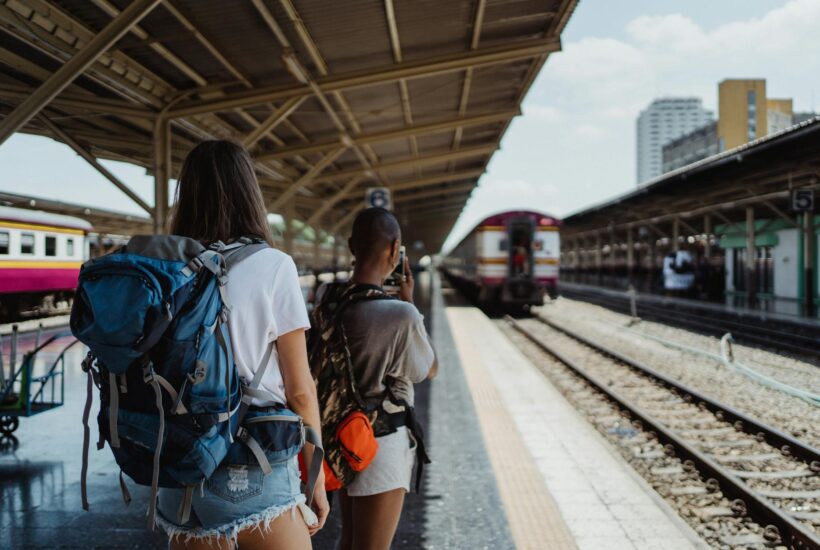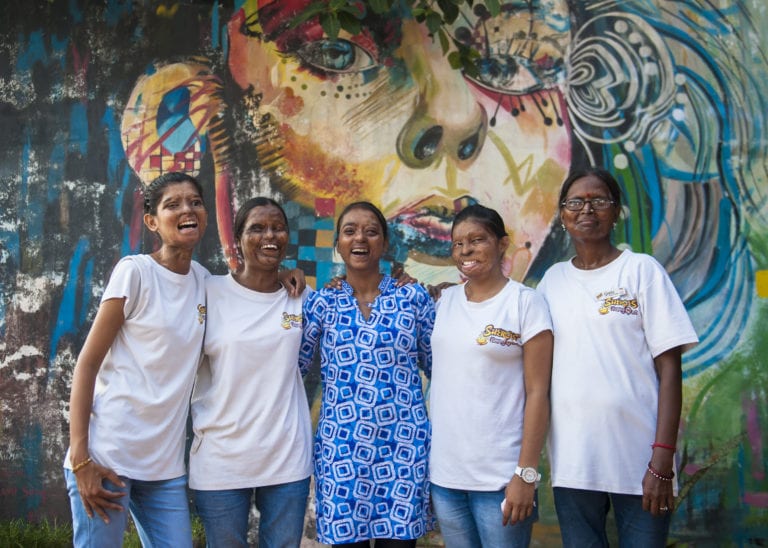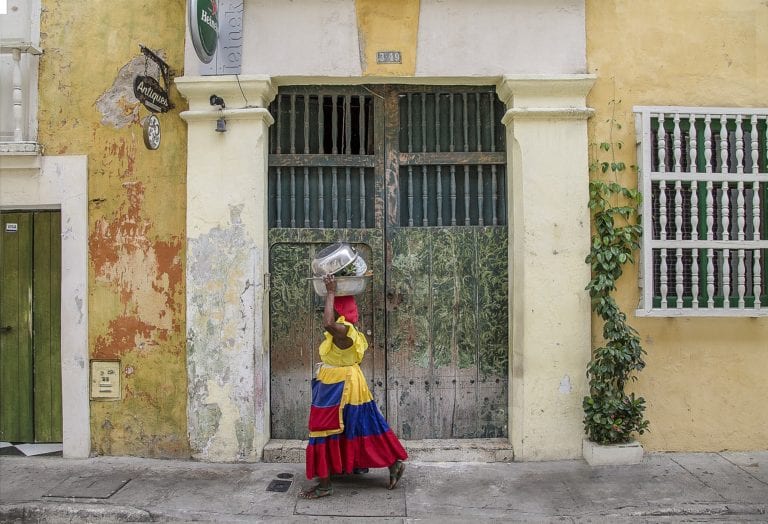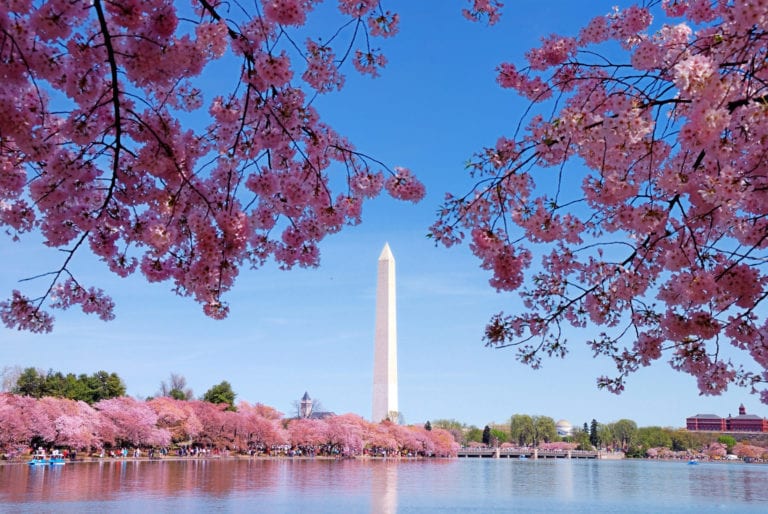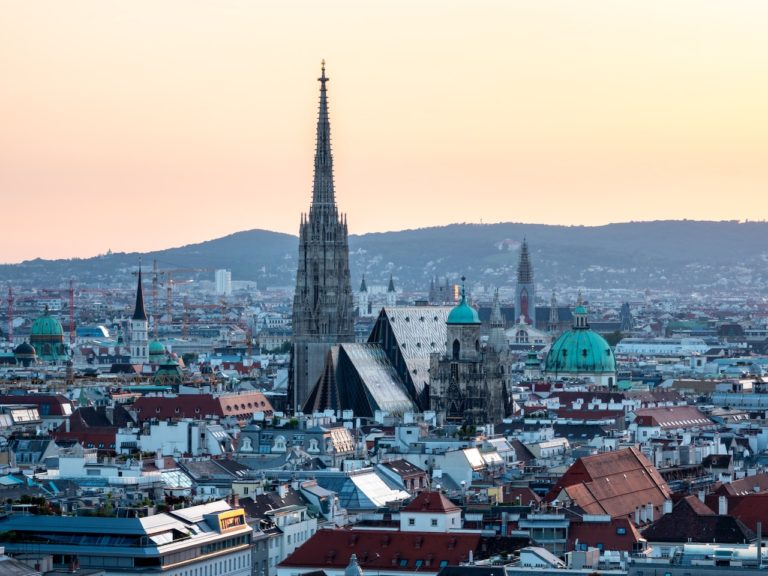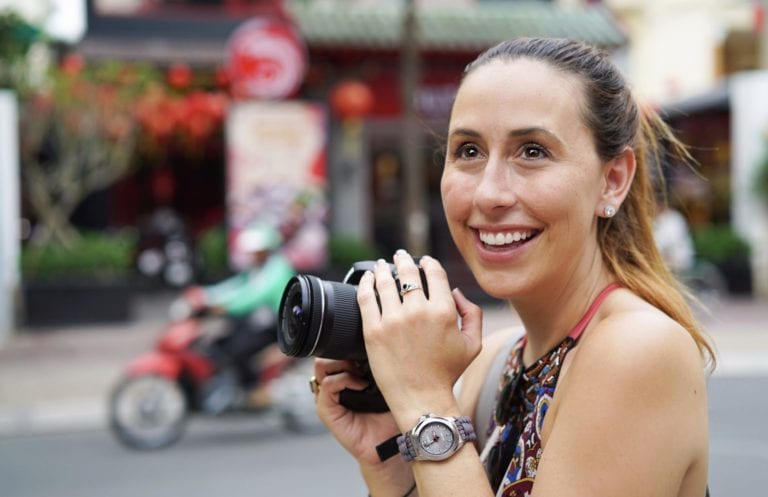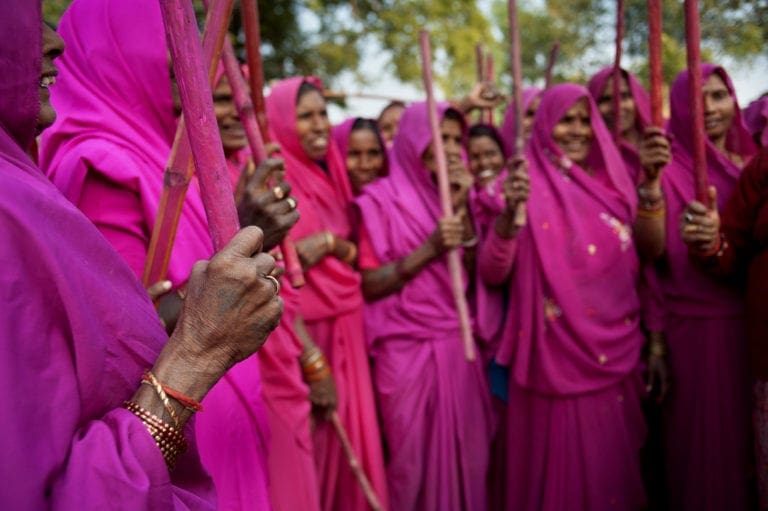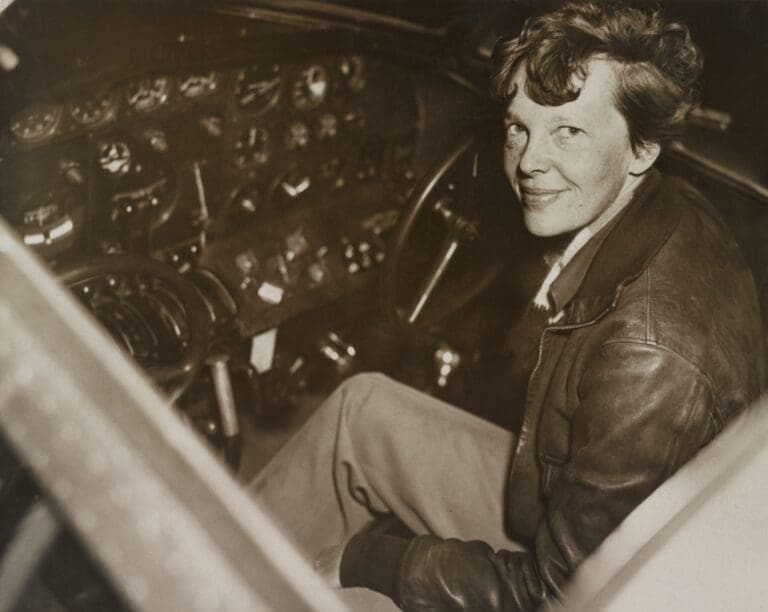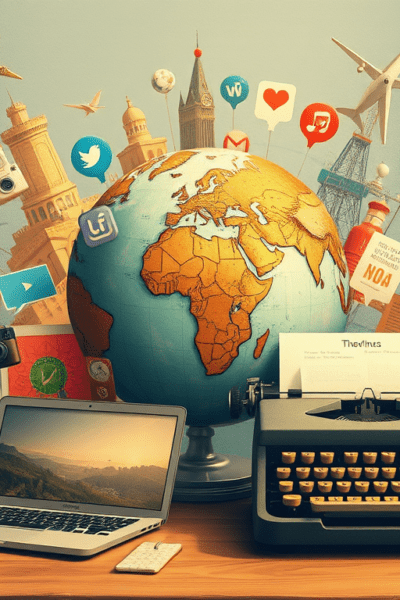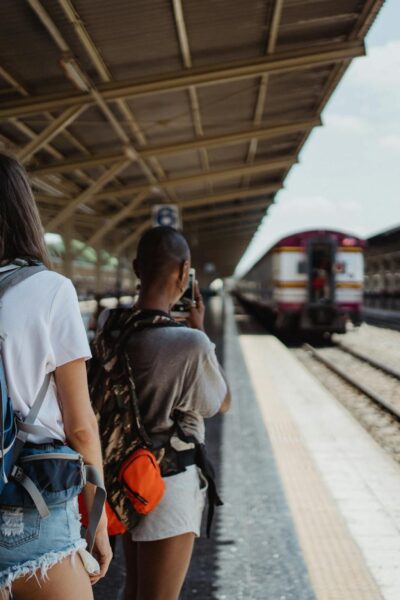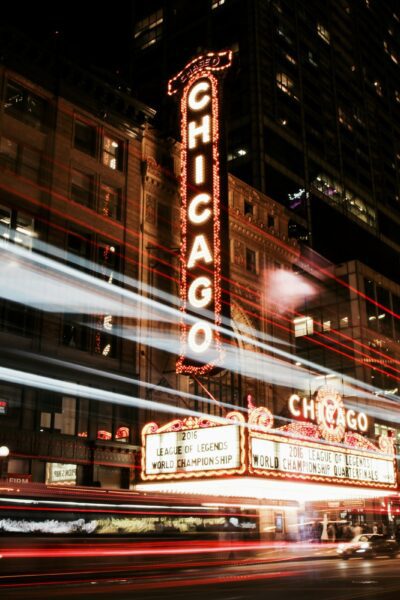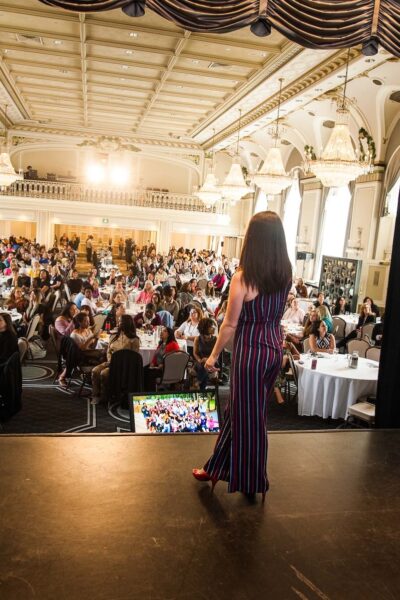Here’s how to visit Chicago in a way that supports its diverse and entrepreneurial women and BIPOC community.
A Feminist City Guide to Chicago
What Does the Future of Travel Media Look Like?
Unearth Women’s founder weighs in on the future of travel media and how artificial intelligence might impact it.
Where Women Are Wandering in 2025: The Latest Women’s Travel Trends
2025 is shaping up to be a banner year in travel.
The Problem With Shay Mitchell’s New Travel Show, Thirst
In actress Shay Mitchell’s new travel show “Thirst” (now streaming on HBO MAX), one key ingredient is missing.
Five Women Chefs Shaking Up Chicago’s Restaurant Scene
In light of the hit show, The Bear, we are spotlighting five women who are shaking up Chicago’s restaurant scene.
The Best Travel Conferences For Women Who Love Travel
From celebrating diversity to empowering travelers, these are the best travel conferences for women who love to travel.
- 1
- 2
- 3
- …
- 39
- Next Page »



